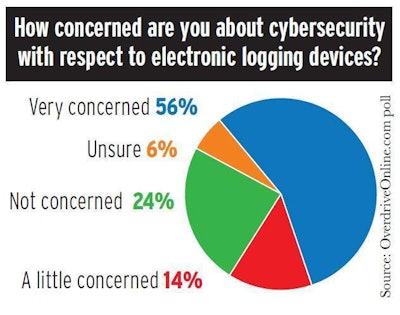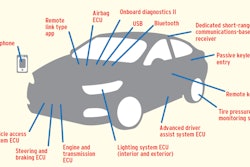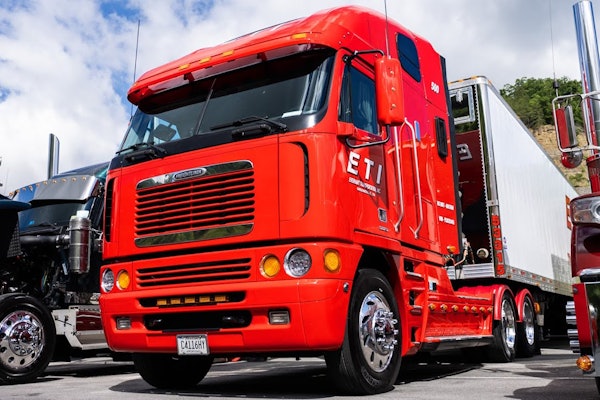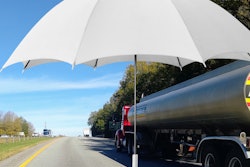Suppliers restrict their electronic logging device applications from sharing data with other applications on the device as a safeguard against potential security breaches in those applications.
“We follow secure code development practices that isolate the ELD application code from other applications on the devices,” says Andrew Dondlinger, Navistar’s vice president for Connected Services, about their OnCommand Connection device. “The ELD application also requires positive user credentials before allowing for the collection of the vehicle’s ELD data by any user or by any other application.”
 Results from this Summer 2017 OverdriveOnline.com poll show a majority of owner-operators very concerned about security with ELDs. To access a Geotab-produced white paper on IoT device security in vehicles, search “Preserving Privacy and Security in the Connected Vehicle” at Geotab.com or follow this link.
Results from this Summer 2017 OverdriveOnline.com poll show a majority of owner-operators very concerned about security with ELDs. To access a Geotab-produced white paper on IoT device security in vehicles, search “Preserving Privacy and Security in the Connected Vehicle” at Geotab.com or follow this link.Navistar’s ELD app connects the driver’s mobile device to the OnCommand Connection Telematics device. The app is available through the company’s OnCommand Connection Marketplace.
PeopleNet traditionally has favored using company-owned personally-enabled communications devices to give fleets the ability to deploy proprietary company apps and approved third-party programs on the same device that runs their PeopleNet software, Eric Witty says. PeopleNet envisions fleets wanting to use “companion apps” that will allow drivers to access their own log data through a secure driver portal.
“The security concerns are much the same as the ELD device itself,” Witty says. “We will address them by ensuring we are using the same standards, such as secure HTTP (SSL/TLS), similar to how banks secure communication for their mobile applications.”

Teletrac Navman provides a Garmin GPS tablet to run its ELD application, and the only other app on the device is Garmin navigation. “We don’t allow third-party apps to be downloaded,” Marco Encinas said. The tablets communicate through serial connection to a black box that has cellular connectivity. The display tablets do not have their own cellular connection — not the case for many dedicated-unit and bring-your-own-device-type ELDs — which prevents software from being loaded onto the devices.
“For us, it’s about being able to control the types of data communicated to the hardware and to us to limit possibilities for distraction,” Encinas says.
No ELD on the market is foolproof, however. If any hardware, software or connection malfunction – or possibly a hacker – impedes the ELD’s operation, FMCSA’s 395.16 rule requires that the device report the error to both the driver and fleet management to trigger support activities.
The OnCommand Connection telematics device continuously monitors the truck’s health status, which includes electronics, Andrew Dondlinger says. “In the event of a detected malfunction on the truck, OnCommand Connection will provide the customer – and Navistar as well – with a health report highlighting the faults on the truck, along with a fault code action plan,” Dondlinger says.
Similarly, if a malfunction is detected by Teletrac Navman’s Director ELD application, the device continues to record any vehicle data that it can, as well as the driver’s duty status. The driver is alerted by a fault message indicator, and fleet management is alerted through the web portal to notify dispatchers.
Teletrac Navman’s support team can do an over-the-air reset if needed, Marco Encinas says.













